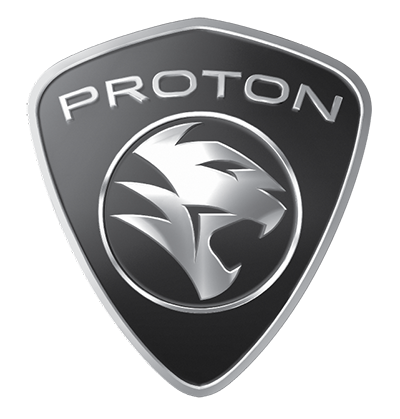Women Drivers
Women driving alone
Be sensible about your safety but don’t be afraid to drive!
If you regularly have to drive alone you can find peace of mind in confidence that the car won’t let you down.
Most breakdowns can be avoided, or the risk reduced, by making sure that your car is serviced regularly (according to the manufacturer’s recommended schedule), and by following a few simple rules:
- Don’t run out of fuel – get into the habit of filling when the tank’s half empty rather than waiting for the warning light.
- Check fluid levels regularly – the handbook will show you how, and tell you the specification of oil, antifreeze etc. to use if you have to top-up.
- Tyres – check condition and pressure regularly, and get damaged or excessively worn tyre renewed. Don’t forget to check the spare.
- Faults – get faults diagnosed and fixed promptly rather than waiting for them to get worse or hoping they’ll go away.
- Warning lights – if a warning light stays on, check the handbook straight away. In some cases you can drive on safely.
Don’t get lost
Plan unfamiliar journeys and try to stick to main roads.
A sat-nav can help a lot if you worry about getting lost but keep an atlas handy as well to check what the sat-nav is telling you and in case traffic forces a change of plans.
In case of breakdown
Carry a fully-charged mobile phone.
Keep a coat, sensible shoes, blanket, torch, and money in the car.
Drive on to a well lit, busy area such as a fuel station if you can rather than stopping in a dark, remote spot.
Keep the doors locked while you’re waiting. Any breakdoen patrol or garage mechanic will carry proof of identity and you should ask to see this before opening a window or unlocking your car.
On motorways it’s much safer to retreat up the bank, or behind a barrier rather than wait in the car where you would be exposed to danger from passing vehicles. If you do feel at risk from another person, return to your vehicle by the left-hand side and lock all doors. Leave the vehicle again and get back behind the barrier as soon as you feel the danger has passed.
On your journey
- Keep your valuables – laptop, handbag, mobile phone – out of sight.
- Lock the doors and tailgate during your journey. Open windows only partially, particularly in town.
- You MUST stop for the police but it’s quite reasonable to ask for identification through a closed window and keep the engine running until you are satisfied.
- Never give lifts to strangers.
- Beware of anyone who tries to signal that there’s something wrong with your car, unless you know they’re right and it is dangerous to drive on.
Parking
Wait until you’re close to the car before unlocking it, and if the car design allows it, unlock the driver’s door only.
If you park on the street choose a busy, well-lit place, and have your car keys ready as you return to the car.




























































